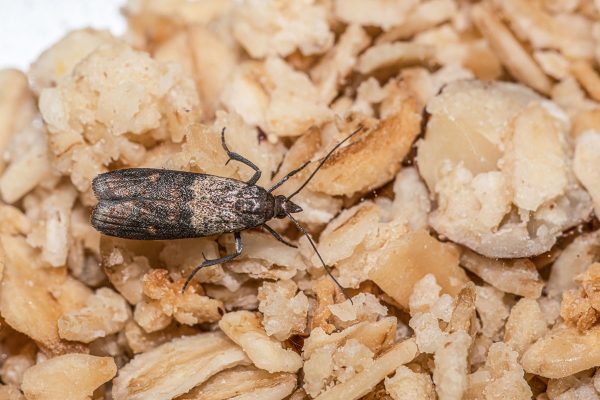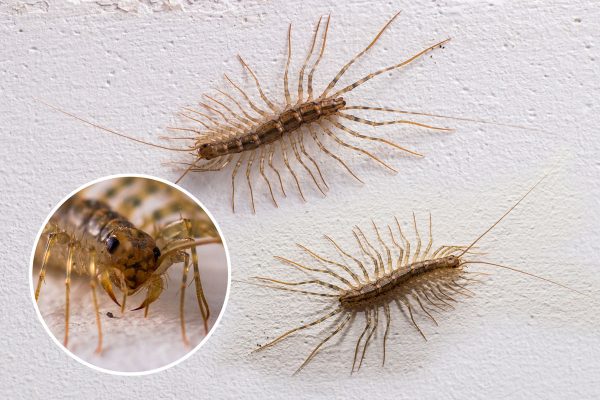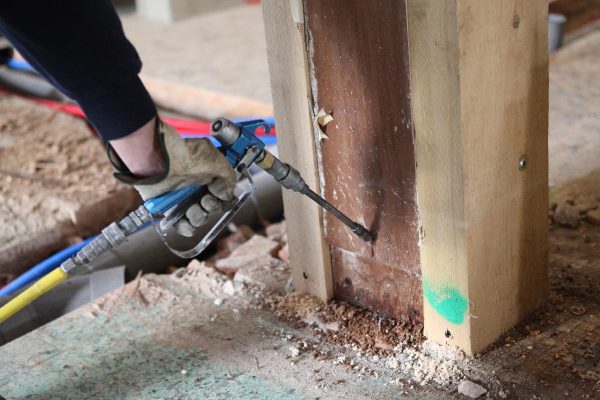Springtails are generally harmless, but they are still pests you need to deter. Does using vinegar to get rid of them come up to your mind? We are curious about that, too that is why we have conducted thorough research to know if vinegar can kill springtails.
Straightforwardly, yes. Vinegar can kill springtails. And you can do that as easily and quickly as spraying vinegar directly on them.
Do you want to know more details and tips about getting rid of springtails? Well, then we suggest you keep reading throughout the post. We might also be able to answer some of the questions running through your mind. Let's go and dig deeper for more details.
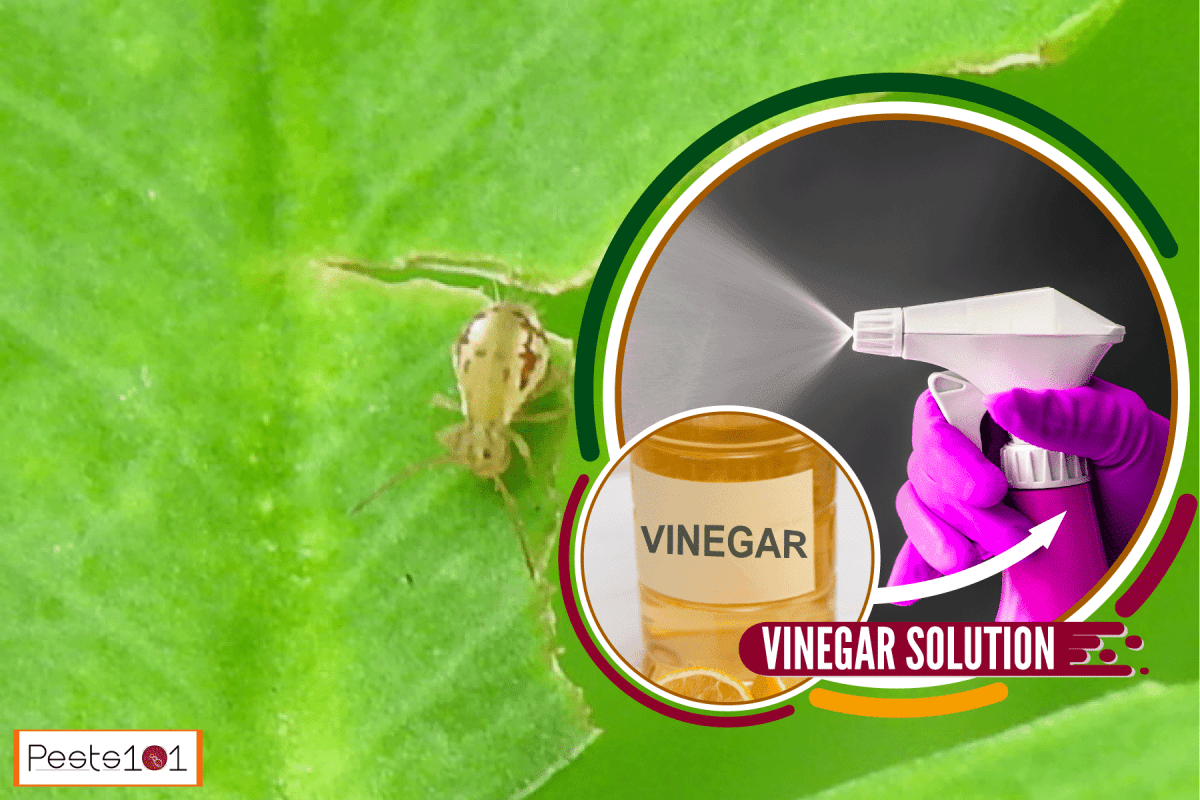
How To Kill Springtails Using Vinegar
If you want to get rid of those annoying springtails, all you have to do is to spray some vinegar directly on them. After that, you will have to spread it out around the affected areas with a rag. Allow it to sit for a few minutes.
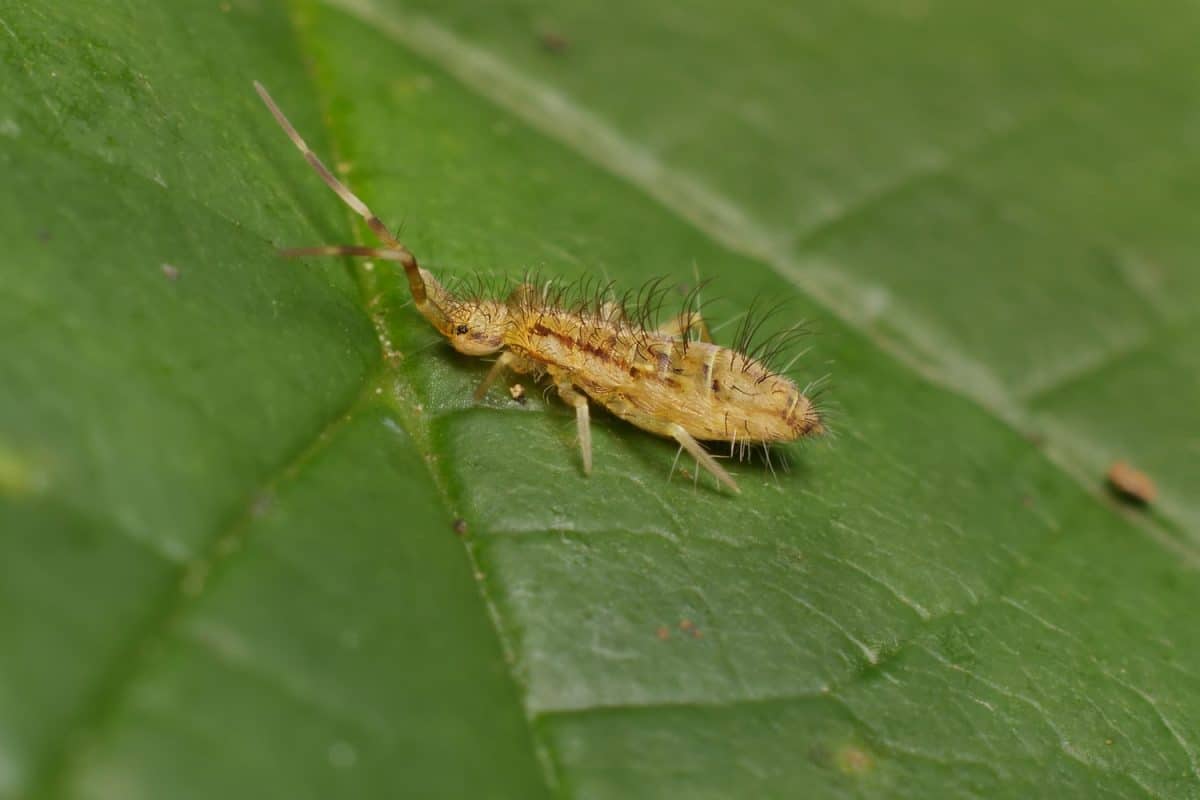
The reason why vinegar can kill springtails is because of its high acidity property. It is high enough that it can burn the springtails quickly.
More Ways To Get Rid Of Springtails
You can do some more methods to achieve better results and prevent the springtails from coming back. Springtails are relentless, so we should be persistent, too! Below are some of the additional solutions on how to get rid of those stubborn springtails:
1. Detergent & Water
Once you finish letting the vinegar sit for a few minutes, you will have to cleanse the infested area using water and detergent. We recommend doing this to surge considerable numbers of springtails and burn them even more.
If you notice larger springtails, you should do it numerous times on each plagued area to ensure that they will indeed vanish.
2. Bleach
Furthermore, if you want a more potent solution aside from vinegar and detergent, you can opt to go for bleach. This solution is way more powerful and fast. So, if you want to eliminate an enormous amount of springtails quickly, go for this one. Trust the corrosive power of bleach!
3. Insecticide Or Sticky Traps
There are numerous insecticides on the market that can totally eliminate springtails. We cannot personally recommend them because you may have to spread hazardous chemicals inside your home, which may not be suitable for pregnant women, infants, and dogs.
One more alternative is sticky traps or granules.
Check out this pest trap on Amazon.
4. You Should Improve The Ventilation In the Area
It is highly advised to use a dehumidifier in wet areas such as basements. And you have to keep a cool temperature inside your home. In addition, you should also strive to keep mold and mildew at bay in and around your house.
5. Fumigation
The final alternative is to engage an exterminator and fumigate the spot. They will use an insecticide that has numerous potent compounds that have the potential to get rid of all pests in your home or garden.
Where Is Springtails' Habitat?
You can find springtails in:
- leaf mold
- under tree bark
- soil
- the surface of freshwater ponds
- organic mulches
- decomposing logs
The population density can reach a hundred thousand per cubic meter of surface soil. Lastly, you can exclusively find springtails in moist, damp, and extremely humid environments.
What Do Springtails Eat?
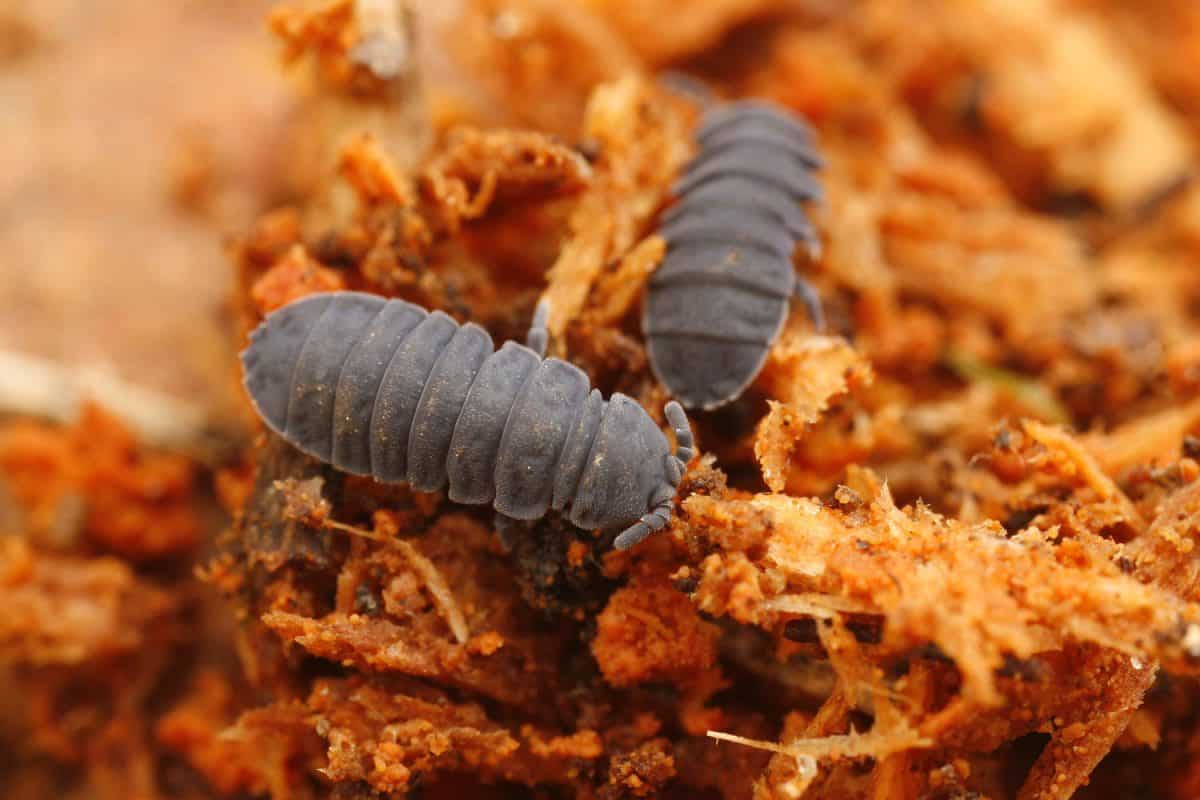
Maybe you are one of those who think that springtails feed on the roots of your plants. Indeed, they feed themselves with roots, but they favor decomposing roots. Springtails cannot damage or destroy your plants.
Moreover, springtails primarily consume algae, fungus, and decomposing materials. A few species have been observed feeding on both living plants and dead animal materials.
Where In My House Do Springtails Go?
These pests can find their way inside our homes, and you can find them commonly in the following areas:
Kitchen
You must check your kitchen area, especially beneath the sink and drainpipes. If there are leaks, mildew, or mold buildup, you need to fix and clean them immediately. Those are what draw the springtails.
Additionally, it would be best also to clear your cabinet. It would be best to completely dry out the kitchen area to get rid of them.
Bathroom
We highly advise you to inspect your bathroom. Springtails commonly go behind your bathtub, under the bathroom sink, or anywhere damp. You might also want to examine your bathroom tiles. Since the tiles are usually wet, mildew can also form on them.
Basement
Check your walls for dampness. And if they are indeed damp, waterproof them immediately. As we mentioned earlier, a dehumidifier is excellent to help get rid of excess moisture. Also, make sure to scrub the drains and gutters.
In addition, you can also find the springtails in:
- cellars
- cork insulations
- damp walls
- basements
- near window moldings
They congregate particularly near leaking water pipes, sinks, and drains. You can even find them in the soil of over-watered home plants. They exist all year but are most common in early summer and spring.
Springtails Control Through Habitat Alteration
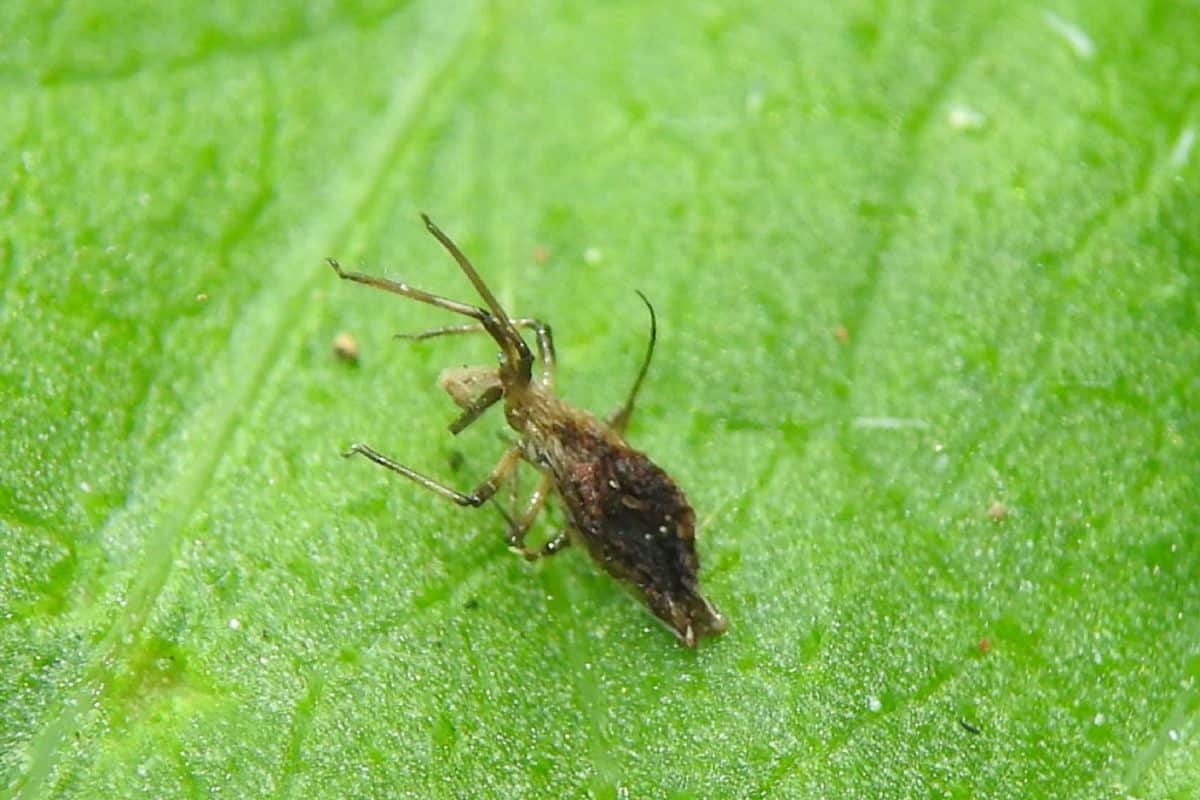
The trick to regulating these little creatures is to change their habitat. While we are pleased to recommend qualified specialists to inspect any issues and treat them as needed, the only long-term answer to controlling these pests is habitat modification.
- It would be best to use a dehumidifier or a fan to dry out wet areas.
- Do not overwater your plants, and as much as possible, allow the soil to dry between waterings.
- Restore all drenched pipes and plumbing leaks.
- If possible, remove wet leaves and excessive mulch outdoors.
- Eradicate moist areas around your house, allowing proper air circulation.
- Get rid of any moldy materials such as wet, moldy wood.
- Remove any loose boards or other debris from damp floors.
- In other words, any method that stops damp hiding areas would most certainly be beneficial in controlling springtails.
Springtails Reproduction Process
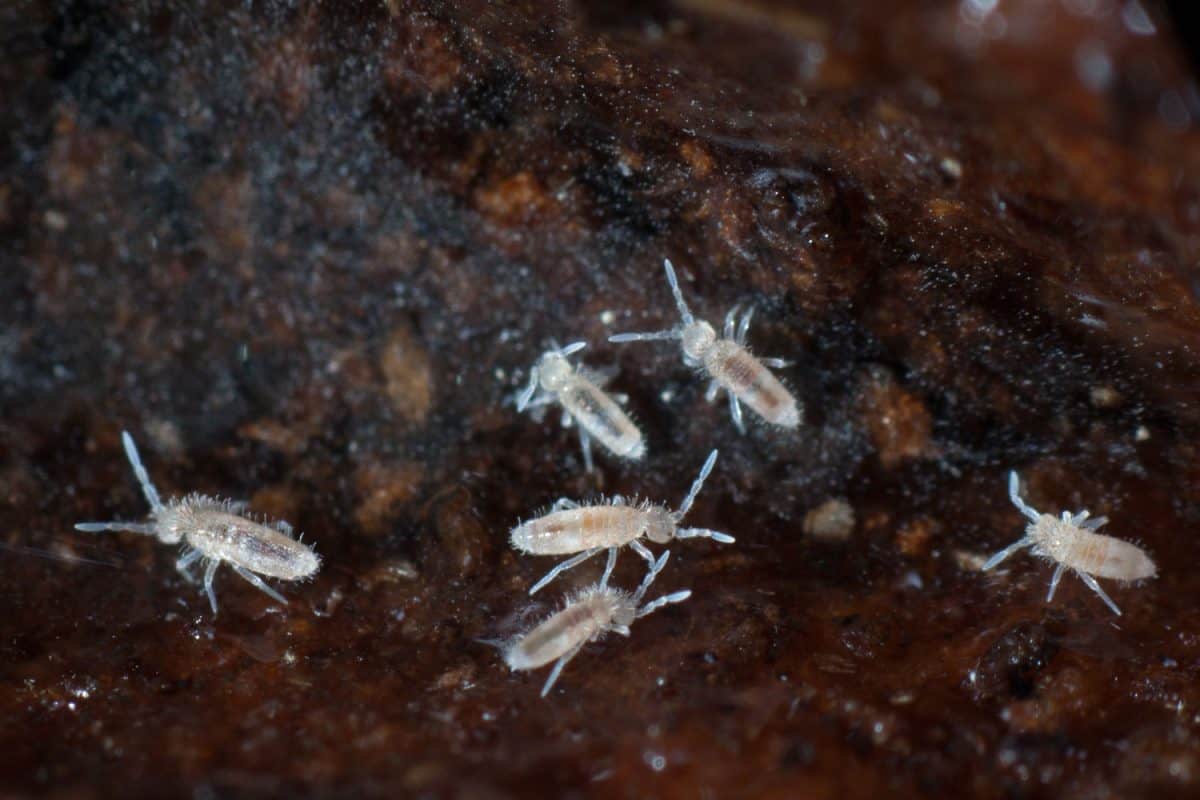
The life cycle of springtails is ametabolous. And since they have this kind of life cycle, they do not undergo transformation. They lose their exoskeleton multiple times instead of metamorphosing. And to accommodate their growing size, they must molt.
Reproduction
Additionally, springtails multiply too quickly. Believe it or not, it only takes them around a month to develop to the adult stage. Plus, their way of reproducing differs from that of many other houseplant pests.
Springtails propagate sexually in large numbers. Male springtails deposit sperm packets in the soil. Then the female springtails arrive and take the packets. And as the females deposit their eggs in the dirt, the sperm fertilizes them. After that, the female springtails will either drop multiple eggs at once or just one.
The springtail eggs hatch in about five to ten days. And temperature contributes a lot to their hatching process. The higher the temperature is, the sooner they will hatch.
Nymphs
The newly hatched springtails will spend four weeks as nymphs. They go through various molting stages throughout these four weeks. Then after being nymphs, they will change into adult springtails. And during their existence as adults, they will molt up to 40 times.
Asexual reproduction is possible in several springtail species. Males are not required to fertilize the eggs of the females. Plus, these females can lay up to 400 eggs in their lives.
Lastly, springtails can be encouraged to proliferate by potting soil with moss or lichen. That implies there will be more pests to cope with.
Wrap It All Up
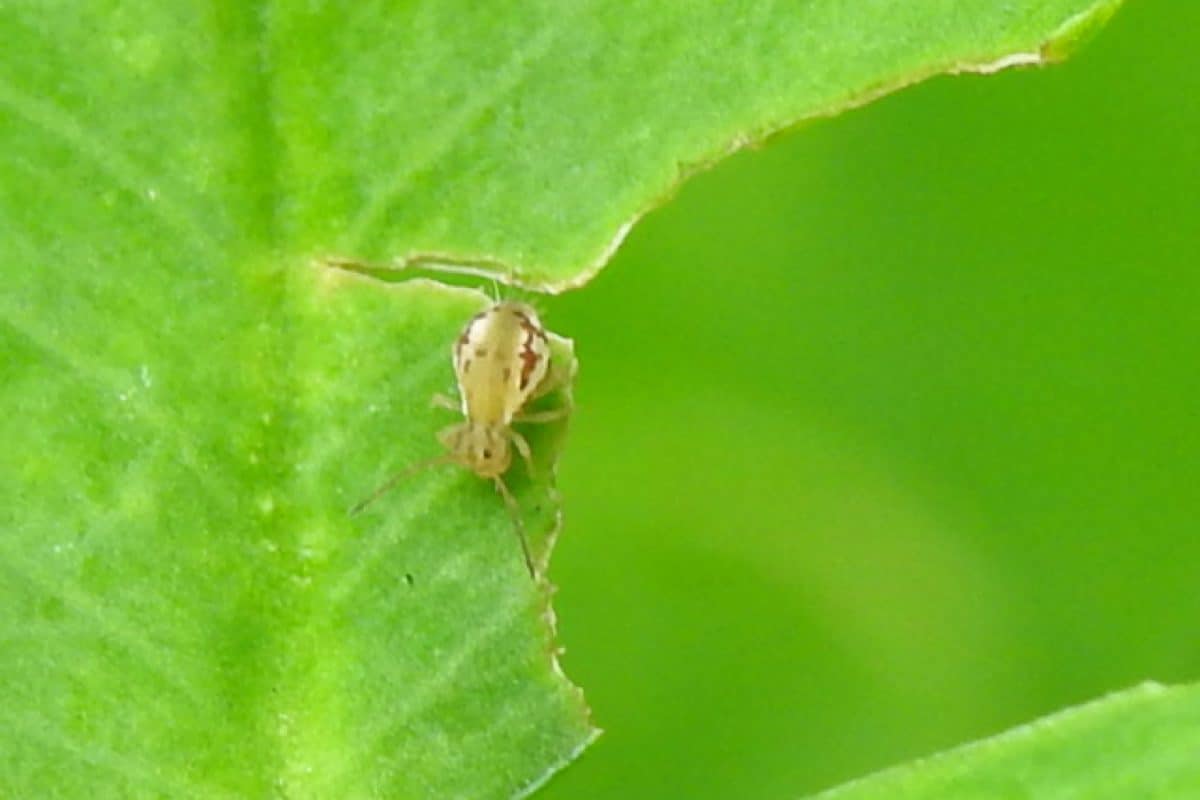
Springtails may not be harmful to your plants, but they are still pests that you need to avoid and kill. And you find them indeed annoying since you can see them almost everywhere around your house. Following either of the methods, we have provided you with above will significantly help you get rid of those persistent springtails.
We hope you find this article helpful. If you have questions, you can leave a comment below. We'd love to answer you! And please watch out for more pests post coming!


